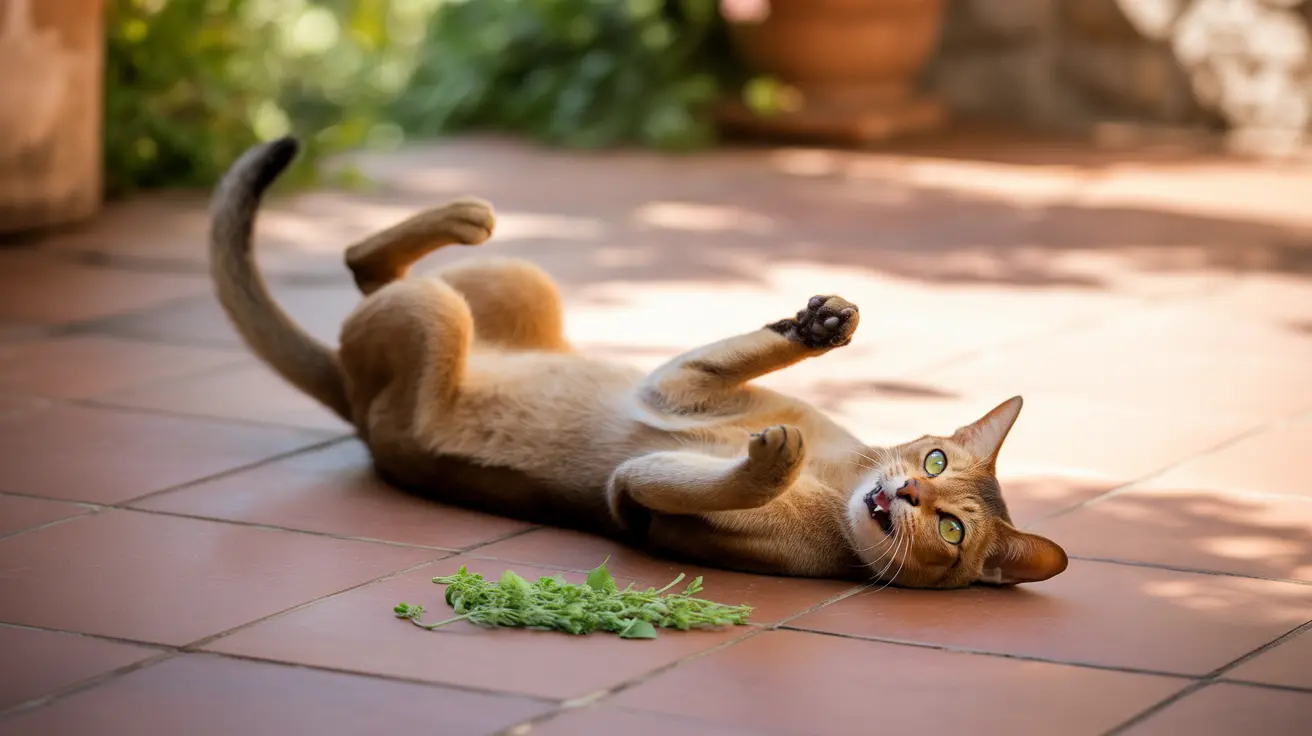Ancient Origins and Early Discovery
Catnip's earliest documented history traces back to the Etruscans in 7th century BC Italy. These ancient people were among the first to recognize and cultivate the plant, though its effects on cats were likely observed long before written records began. The Ancient Romans played a crucial role in catnip's early history, with the city of Nepeta becoming famous for its cultivation - so much so that the plant's scientific name derives from this location.
Ancient Egyptians, known for their reverence of cats, also recognized catnip's unique properties. They included it in their herbal gardens and medicinal practices, though historical records don't clearly indicate whether they specifically cultivated it for its feline-attracting properties.
Medieval Uses and European Cultivation
During the Middle Ages, catnip gained prominence as a medicinal herb across Europe. Herbalists and healers valued it for treating various ailments, from fever and coughs to digestive issues. The plant was also associated with folklore and magical practices, sometimes being included in love potions and protective charms.
European settlers later brought catnip to North America, where it quickly naturalized and spread throughout the continent. This migration helped establish catnip as a common garden plant in the New World, where it continued to serve both medicinal and recreational purposes.
Scientific Understanding and Modern Discovery
The most significant scientific breakthrough in catnip's history came in the 1940s when researcher Samuel M. McElvain and his team identified nepetalactone as the compound responsible for cats' reaction to the plant. This discovery opened new avenues for understanding how catnip affects feline behavior and led to numerous studies on its chemical properties.
Modern research has revealed that catnip's active compound, nepetalactone, mimics feline pheromones, explaining why approximately two-thirds of cats respond so dramatically to the herb. Scientists have also discovered that the plant produces this compound as a natural defense against insects, making it an effective natural pesticide.
Contemporary Applications and Research
Today, catnip has evolved far beyond its historical uses. It's widely available in various forms, from dried herbs to sprays and toys, specifically designed for feline enrichment. Research continues to uncover new potential applications, including its use in natural insect repellents and possible pharmaceutical applications.
The plant's genome has been fully sequenced, allowing scientists to better understand its unique chemical properties and evolutionary history. This ongoing research continues to reveal new insights about this remarkable plant that has captivated both humans and cats for millennia.
Frequently Asked Questions
How was catnip first discovered and used by ancient civilizations?
Catnip was first discovered by ancient civilizations like the Etruscans and Romans, who primarily used it for medicinal purposes and culinary applications. The city of Nepeta in ancient Rome was particularly famous for cultivating the herb, though its effects on cats were likely observed as a secondary characteristic.
Who identified the active ingredient nepetalactone in catnip, and when?
Samuel M. McElvain and his research team identified nepetalactone as catnip's active ingredient in the early 1940s. This breakthrough discovery helped explain the scientific basis for cats' reaction to the plant.
Why do some cats react to catnip while others do not?
The response to catnip is hereditary, with approximately 50-70% of cats possessing the genetic sensitivity to the herb. This trait is inherited as a dominant gene, explaining why some cats show no reaction while others respond intensely.
How does catnip chemically affect cats and cause their behavioral changes?
Nepetalactone binds to cats' olfactory receptors, mimicking feline sex pheromones and stimulating specific neural circuits. This interaction typically results in behaviors like rolling, rubbing, purring, and temporary euphoria, lasting 5-15 minutes.
What are the historical medicinal and cultural uses of catnip besides its effect on cats?
Historically, catnip was used to treat various conditions including insomnia, coughs, colic, and digestive issues. It was also used in culinary applications, particularly in teas and salads, and played a role in folk medicine and magical practices throughout medieval Europe.






